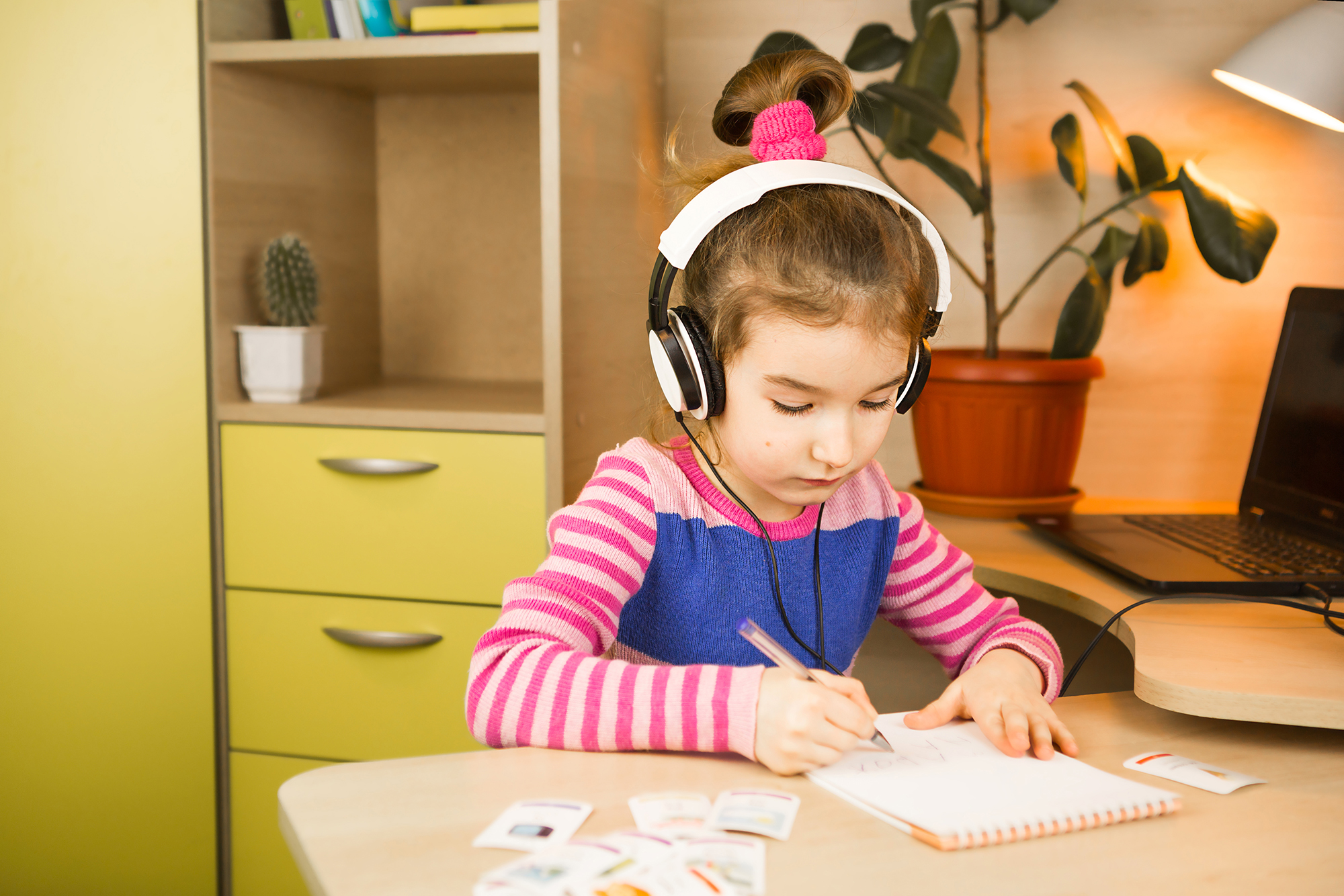
What is ABA Therapy?
Applied Behavior Analysis (ABA) is an evidenced based treatment that can be used to treat skill deficits and behavior excesses including but not limited to: communication skills, language skills, social skills, safety skills, daily living skills, and problem behaviors (self injury, aggression, tantrums, elopement, etc
The frequency and intensity of ABA therapy a patient receives will largely depend on their age and goals for treatment. ABA has proved successful at helping individuals with autism and other diagnoses learn behaviors and skills, which has led many advocates to recommend it. This form of therapy is known as the “gold standard” for autism treatment. During regular evaluations, we can track your child’s progress. A consistent ABA therapy approach has been shown to increase developmental skills in children for the next stage of their lives.
The Main Goals of ABA Are:
- Analyzing how & why behaviors are learned
- Using reinforcement procedures to facilitate an increase in socially appropriate and functional behaviors, It’s not always positive reinforcement, negative reinforcement can also be used
- Help children build communication, play, visual, self-help, and social skills
- Helps reduce inappropriate behaviors
- Individualize to each child’s unique needs & challenges
What Diagnoses Can ABA Be Used For?
ABA can be used across all populations and diagnoses. While it is most commonly associated with autism spectrum disorder, it is often also utilized in ADHD, intellectual disabilities, Down’s syndrome, and other developmental disabilities.
For adults, ABA therapy has also been found helpful for substance abuse disorders, dementia, eating disorders, anger issues, and borderline personality disorder.

Key Characteristics of Applied Behavioral Analysis

These are just a few of the real-world application skills your child can learn during ABA therapy. When it comes to ABA therapy, there is not a copy and paste approach. Every program will be individualized to your child’s needs. The therapists at Synergy Behavioral Center provide data-driven evaluations, procedures, and treatments that have been backed by evidence-based research and accepted in correlation with industry standards. At Synergy Behavioral, we will deliver evaluations then formulate a proper plan of action. Finally, our certified team of behavioral experts will tailor individual suggestions towards a progressive behavior change for your child.
Hours of Operation
Monday – Friday:
(9 a.m. – 5 p.m.)
Contact Us Today
Phone: (407) 655-4230
Email: info@SynergyBehavioralCenter.com

